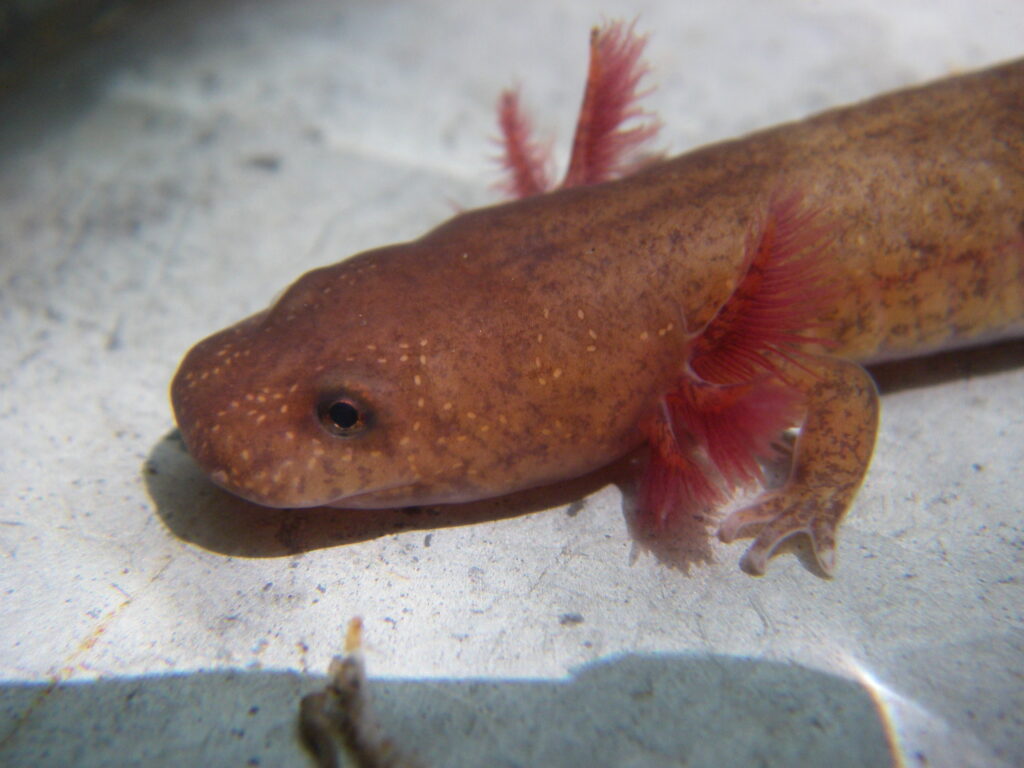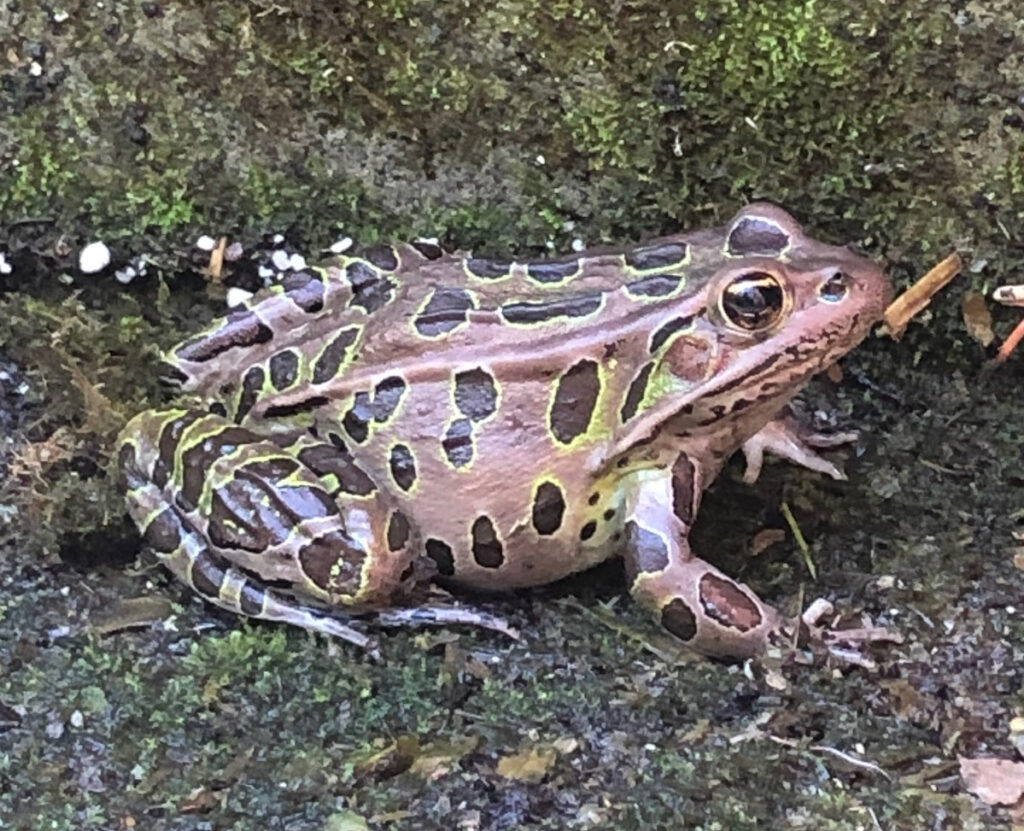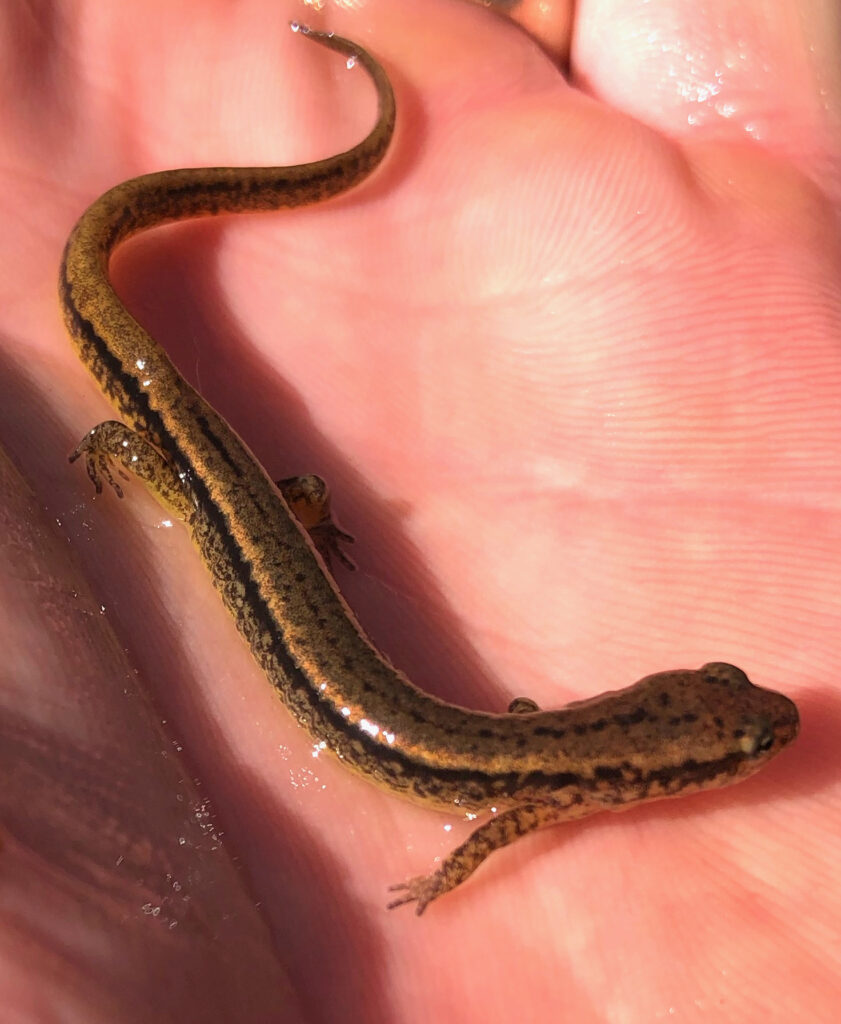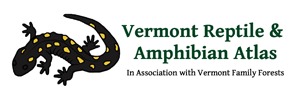Herp Update: Amphibians moving, Winter reports, Annual report – November 18, 2023
Recent Herp Activity
Amphibians still on the move
With temperatures above 50 F and rains that started around 6 PM, I headed out to Morgan Road here in Salisbury last night before going to bed. In one pass through the crossing area I counted 45 Eastern Red-backed Salamanders, 14 Blue-spotted group Salamanders, 6 Four-toed Salamanders, 2 Wood Frogs, and a single adult Spotted Salamander. These amphibians were moving out of the forested swamp and uphill to overwintering locations. It makes me wonder how many amphibians do not ever reach safe overwintering sites and as a result freeze and die in the winter.
On Thursday of this week, my assistant Kate Kelly and I took advantage of the warm weather to visit St. George and Richmond to update some stream and seepage salamander reports. We concentrated on small streams and seeps because they are among the few places you still find amphibians this late in the season. Headwater streams and seeps that are fed by groundwater do not freeze in the winter. On snowy winter days these places are easy to find since they are the places where all the snow has melted. Consequently they are safe places for some amphibians (and a few reptiles) to overwinter. We failed to find the Northern Dusky Salamanders that we had hoped to find, but we did find a total of 22 Northern Two-lined Salamanders (15 adults and 7 larvae), two Green Frogs, and one larval Spring Salamander (see photo below).

Reports coming in from the public over the last ten days consist of Spotted Salamanders, Blue-spotted Salamanders, Northern Two-lined Salamanders, Northern Leopard Frogs, an American Toad, and a surprising Eastern Milksnake (see photos below taken by Nan Jenks Jay-N. Leopard Frog, and Tom Prendergast-N. Two-lined Salamander).


Winter reports
Vermont has a total of 21 species of amphibians reported in the last 25 years. Out of these, we have ~350 amphibian reports of eighteen species in our database that were made outdoors in December, January, and February. Over one hundred of those reports are Mudpuppies. Mudpuppies are a large, totally-aquatic salamander that remains active all winter in the lower reaches of the rivers emptying into Lake Champlain (native Mudpuppies) and the Connecticut River (introduced Mudpuppies). These reports primarily come to us from trapping studies and conservation efforts, but a few reports come from ice fisherman who have caught them. If we remove Mudpuppies from our winter reports, we still have ~125 amphibian reports made outdoors in December, January, and February. The only species of amphibians not reported to us in the winter are Boreal Chorus Frog (probably extirpated from Vermont), Fowler’s Toad (very rare), and Jefferson Salamander.
Annual Report
Here is another piece of our annual report for Vermont Fish and Wildlife’s State Wildlife Grant:
All our new records are entered into our database with latitude and longitude coordinates for point mapping. Many smart-phone photos show us almost exactly where the photos came from. This was not always the case. Older records most often came with physical descriptions of roads or landmarks describing the location. We have now finished the reviewing and assigning of lat longs to all reports of S1 through S4 species. Records with lat longs assigned now total almost 102,000 of 122,000 records (6,000 more than last year at this time). We are now adding lat longs to older reports of S5 species. All towns in Rutland County have been finished along with all the towns in the Lake Champlain Basin north to Charlotte. We are very pleased with this progress. This project will be ongoing for a few more years.

